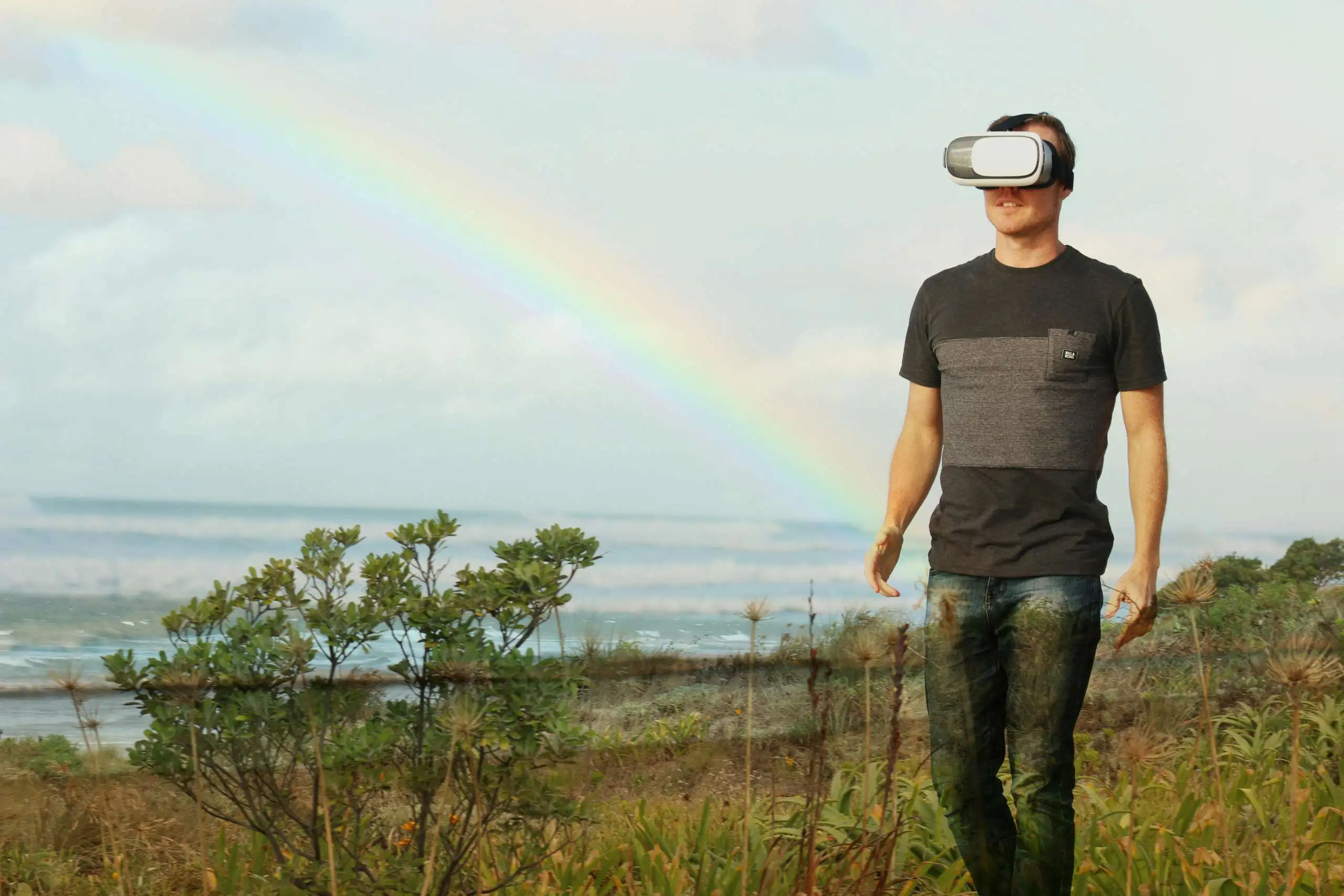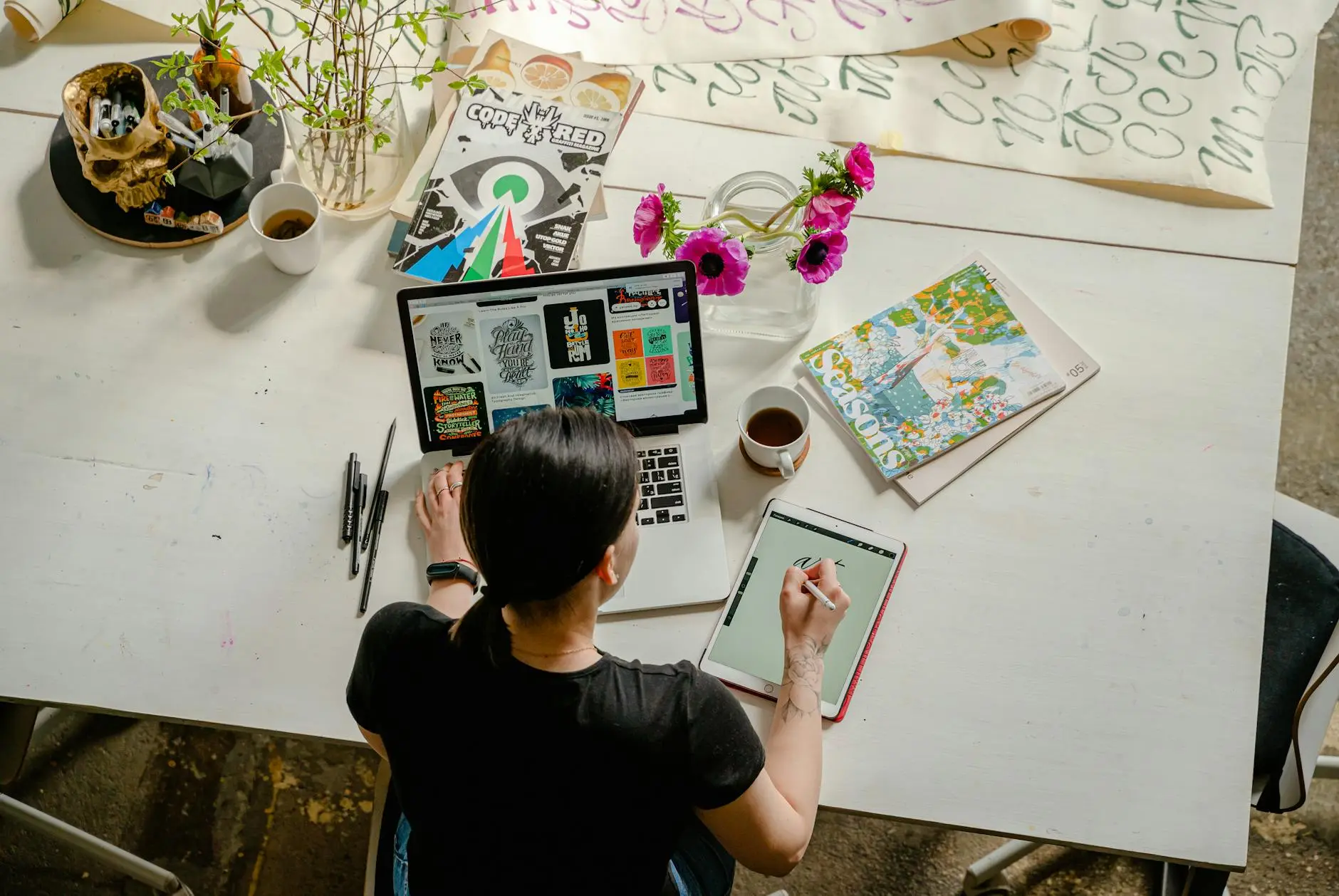
As technology improves so do user expectations, this forces us as developers and designers to think about new and innovative ways to enhance the overall user’s experience. since we cannot talk about User Experience without talking about User Interface (UI). Today we will look at 10 ways we as developers and designers can improve User Experience
AI-generated content and images
With the rise in AI tools such as Midjourney and ChatGPT many developers and designers have turned to generated and content and images to help draw and user’s attention, using these tools developers and designers can provide your website with a unique feel at a fraction of the cost allowing developers and designers to focus more of their efforts to things that matter without much sacrifice in terms of quality of the imagery and text not to mention the massive savings that come with not having a dedicated copy writer or graphic designer
Dark Mode
In the past dark mode was mostly used by developers coding for long hours of the day as a way to avoid eye strain all jokes aside ,dark mode is no longer just an afterthought and has instead taken the forefront as more and more users are looking to alternatives to the traditional light themed websites that has seem to become the norm over the past few years, this forces developers and designers to think about new and unique ways to integrate dark mode into their website, with that is mind it’s not uncommon to see developers and designers building micro-interactions and animations around this new found love for dark mode
Micro Interactions
Micro-interactions have become an integral part of modern web design, contributing significantly to the overall user experience. These are small, subtle animations or feedback mechanisms that occur in response to specific user actions. From a button changing its color on hover to a subtle notification when a message is sent, micro-interactions add a layer of engagement to a website. One of the key advantages of micro-interactions is their ability to provide instant feedback to users, making the interface more responsive and user-friendly.
We can expect micro-interactions to become even more sophisticated. Designers will explore new and creative ways to incorporate micro animations seamlessly into the user interface, enhancing the overall user experience.
Biometric Authentication
As concerns about online security continue to rise, biometric authentication is gaining traction as a futuristic UX pattern. Using fingerprint recognition, facial recognition, or even voice recognition, websites can enhance security while streamlining the login process for users. Biometric authentication adds an extra layer of personalisation and convenience, contributing to a smoother and more secure user experience. Apps Like Capitec WhatsApp and Samsung Pay are also using Biometrics as an optional authentication method, moving forward it would not be surprising to see more developers and designers finding new and interesting ways to make use of the great technology.
Accessibility as a Priority
Web accessibility is not a new concept, but it is increasingly becoming a central focus in web design and development. Creating websites that are accessible to users with disabilities is not only a legal requirement in many regions but also aligns with the principles of inclusive design. From designing for screen readers to ensuring color contrast for those with visual impairments, prioritizing accessibility contributes to a cool UX that caters to a diverse and inclusive user base.
3D Elements and AR/VR
With the increase in demand for user attention, we have seen an increase in websites using 3D elements to demand and grab user attention and better relay their message whether that be to tell a story or highlight a product. Some websites have even integrated AR and VR into their site which allows them to create a sense of depth and feel. Bearing this in mind many developers and designers have chosen to integrate 3D elements or VR/AR into their websites and mobile apps websites like Chirpey and Apple showcase just how much more impact this can add in getting your message across and demand the user’s attention. The use of Motion design also allows developers and designers to tell stories in a dynamic and visually compelling way. Through the choreography of elements on a page, developers and designers can guide users through a narrative, drawing attention to key messages and creating a memorable storytelling experience.
Bento Grids and Scattered Design
Sick and Tired of the same old same old well the Bento Grid approach enhances the visual appeal of websites by creating asymmetrical websites breaking the standard of uniform grid layouts. It caters to the modern trend of storytelling through visuals, allowing designers to highlight diverse content in a visually compelling manner. As web design evolves, Bento Grids are likely to gain more popularity as a means of creating unique and captivating user experiences.
Massive Typography
Massive typography is a design trend that revolves around the use of large, bold, and impactful typography as a central visual element on a website. This approach goes beyond the traditional role of text as mere content and elevates it to a design feature that commands attention and communicates a strong message. One of the main advantages of massive typography is its ability to immediately capture the user’s attention. Large, bold text can convey a brand’s identity.
Complex Animations
Complex animations elevate the visual appeal of websites, transforming static elements into dynamic, visually captivating experiences. From subtle transitions to elaborate parallax scrolling, page loaders, and page transition animations breathe life into the design, creating a more immersive and aesthetically pleasing user interface.
User-Generated Content
User-generated content allows visitors to contribute to the narrative. Features like comments, reviews, and user-submitted media provide a sense of community and enable users to express their thoughts and experiences. This participatory element adds authenticity to the storytelling or message delivery process. Websites like Takealot are an excellent example of how powerful a user review system can be for making our breaking item sale based on a simple user review.
Conclusion
So where does this leave us as developers and designers you may ask? Well, it becomes our job to make sure we use these techniques and methods discussed above to advance, making your brand speak even louder and resonate with your target audience. As web design and development continue to evolve, the patterns discussed above represent a glimpse into the future of UX and UI. From AI-generated content and images, dark mode, and responsive design to emerging technologies like AR and VR, the landscape of web experiences is dynamic and ever-changing. Web designers and developers should pay attention to these trends, experimenting with new patterns and technologies to create websites that not only meet user expectations but also set the standard for cool and innovative UX and UI. By embracing these patterns of the future, the digital landscape can evolve into a more user-centric, accessible, and visually captivating space, ensuring a seamless and engaging online experience for users across the globe.

